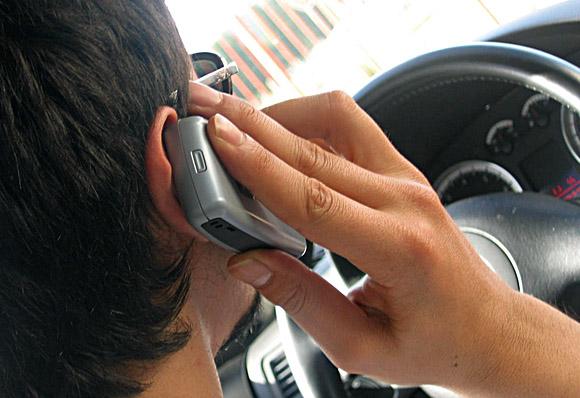Making Cars Safe for Cell Phones
NEWS
Research shows that using a mobile phone handsfree device while driving is no safer than simply holding the phone to your ear. Other studies show that attempts to require use of handsfree or ban SMS text messaging behind the wheel are not working at all. Now researchers at KTH are studying practical ways to improve road safety.

The idea of GetHomeSafe is to replace ineffective prohibitions and mandates with something that actually works. During the three-year project, researchers at KTH and partner institutions will develop and evaluate a system designed to give the driver access to the car’s systems — such as stereo and telephone — without compromising road safety. The bottom line is to find safe ways to satisfy drivers’ communication needs. The new EU-funded research project has a budget of SEK 30 million ($4.5 million).

“We intend to examine three main areas of spoken interaction,” says Jens Edlund, a researcher at the Department Speech, Music and Hearing at KTH. “First, we’ll look at how the system should get the driver’s attention without causing a disturbance. Second, how to vary the system’s speech rate and style of expression, and third, how to exploit these variations so the system adapts to the driving situation and the importance of the message.” Edlund and his research associate, Joakim Gustafson, are the KTH contributors to GetHomeSafe.
“We want to make a system that’s sensitive to the driver’s current situation and the demands on his attention,” Edlund explains. “Only extremely important messages should interrupt when the driver is under stress, saving less important information for times when the car is standing still or the traffic is light. We also want the system to ask the driver if it’s OK to speak right now, or whether it’s better to wait until later.”
GetHomeSafe is a collaboration among five parties: KTH, the automaker Daimler, the German Research Center for Artificial Intelligence DFKI, the American technology corporation IBM, and the voice productivity software company Nuance. The KTH Department of Speech, Music and Hearing has a long history of research into voice-controlled computing, designing spoken interaction that’s flexible and responsive to user conditions.
The research showing the impacts of mobile phones on traffic safety comes from Sweden’s National Road and Transport Research Institute, which was commissioned last year by the Swedish government to assemble an overview of research in the field. That report shows that handsfree is no safer than holding the phone during a call, that text messaging and other activities requiring both hands and eyes have a clear effect on road safety, and that bans on messaging while driving seem to have no effect.
For more information: Jens Edlund, +46-8-790-7874; edlund@speech.kth.se.
By Peter Larsson